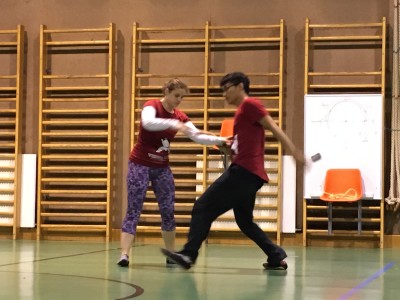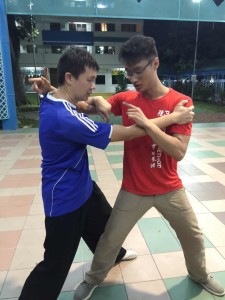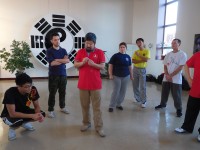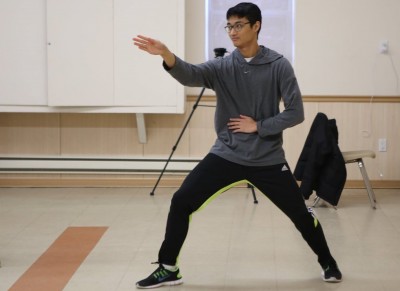Yilu completed since last video: 200
Areas of focus in the last month:
- Keeping the front kua up
- Straightening the hips to pull the shoulder over the kua
- Opening the kua by connecting directly to the foot and bypassing the knee
Areas to work on next:
- Sinking shoulder into kua
- Keeping hands on the line
- Do not retreat with torso during elbow in











